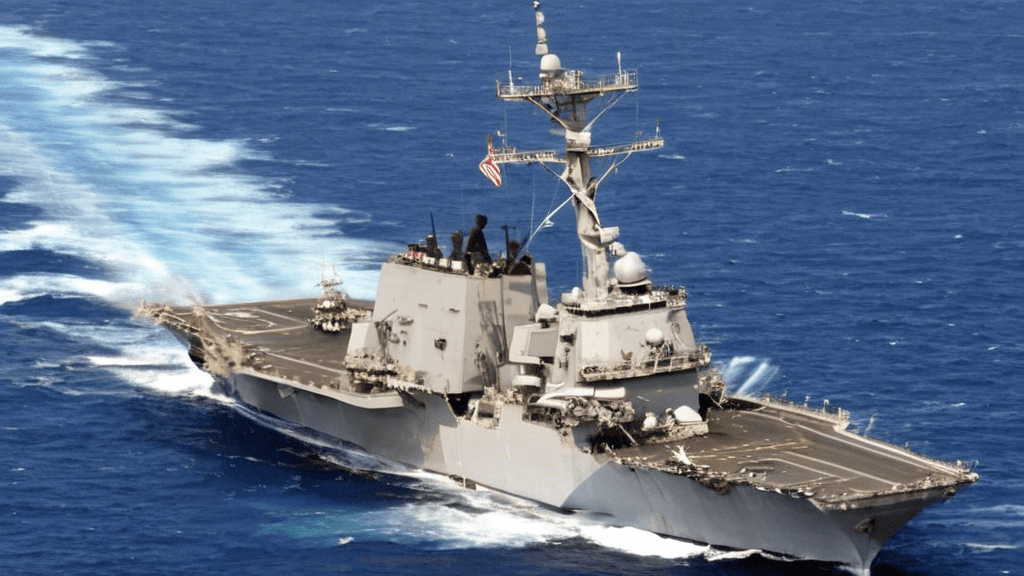The recent attack by Yemen’s Houthi rebels on U.S. Navy warships has raised eyebrows and concerns globally. On November 11, 2024, two Arleigh Burke-class destroyers, the USS Stockdale and USS Spruance, found themselves embroiled in a tense situation while sailing through the strategic Bab el-Mandeb Strait. This narrow waterway, connecting the Red Sea to the Gulf of Aden, has been a hotbed of military and commercial activity for years.
Details of the Attack
In a coordinated move, the Houthi rebels launched an array of weapons against the American vessels. The assault included at least eight uncrewed aerial vehicles (drones), alongside a mixture of anti-ship ballistic and cruise missiles. However, the U.S. Navy forces were prepared for such an encounter and managed to successfully counter all incoming threats. Remarkably, this meant zero damage to the ships and no injuries reported among the crew members.
Amidst the chaos, the Houthis claimed that their target was the USS Abraham Lincoln, a powerful aircraft carrier. However, those claims quickly fell apart as Pentagon officials confirmed that the carrier was not involved in the attack. Such mixed messages regarding targets speak to the haze of misinformation that can often cloud conflicts in the region.
Aftermath and Economic Consequences
Following the incident, the U.S. Navy and Air Force didn’t sit idly by. Instead, they retaliated with precision strikes aimed at Houthi weapon storage sites, utilizing cutting-edge F-35C Joint Strike fighters from the USS Abraham Lincoln. This response underscores the ongoing military commitment by the U.S. in the region, showcasing their readiness to address threats against their forces.
The attack isn’t just about military maneuvers; it also has profound economic implications. The repeated assaults by the Houthis have effectively halved shipping activity in a corridor that normally facilitates around $1 trillion worth of goods annually. Reports also suggest that the Houthis may be engaging in extortion tactics, charging shippers hefty fees for guaranteed safe passage—potentially raking in around $180 million each month.
This event follows a broader pattern of aggression from the Houthis, who have been increasingly targeting not just U.S. naval forces but also commercial shipping in the area. Previous instances have seen other vessels caught in the crosshairs, as well as downed American drones. As this conflict unfolds, the international community watches with concern over both the security of maritime routes and the humanitarian implications for Yemen itself.
As we look ahead, it’s crucial to understand the significant shifts that can occur due to these military confrontations. Not just between nations, but also how they impact global trade and politics. Keeping an eye on the developments in this region will be essential for gauging the potential ripples in economy and security worldwide.
